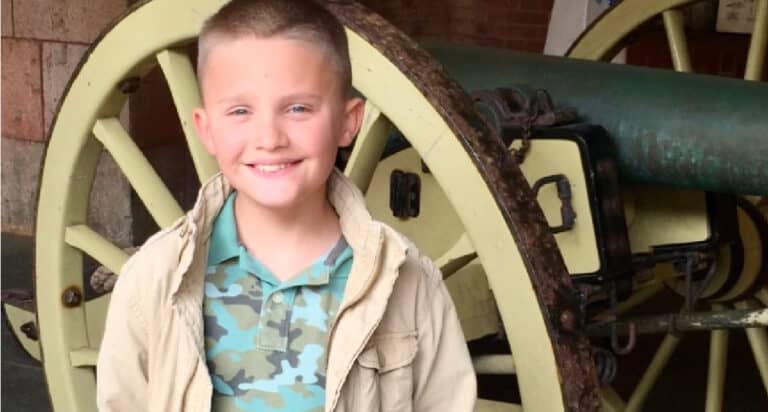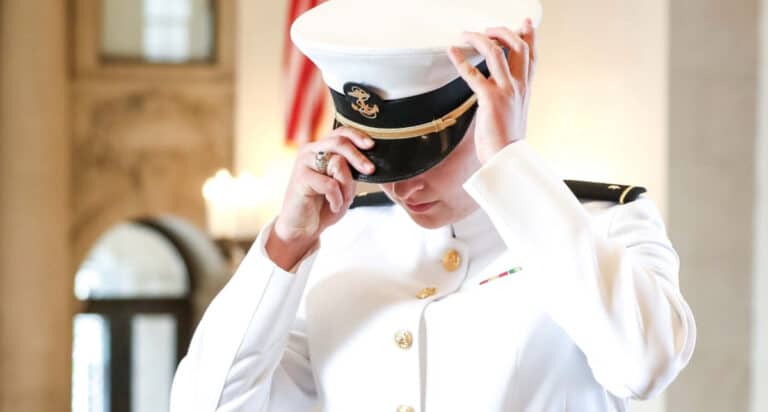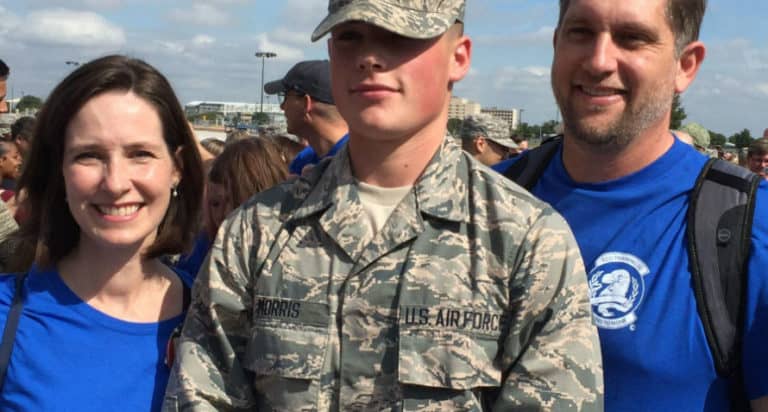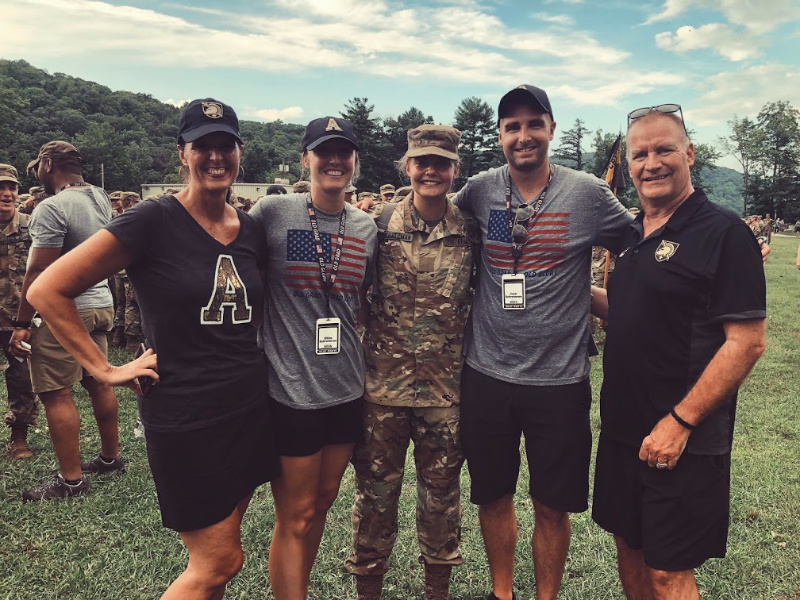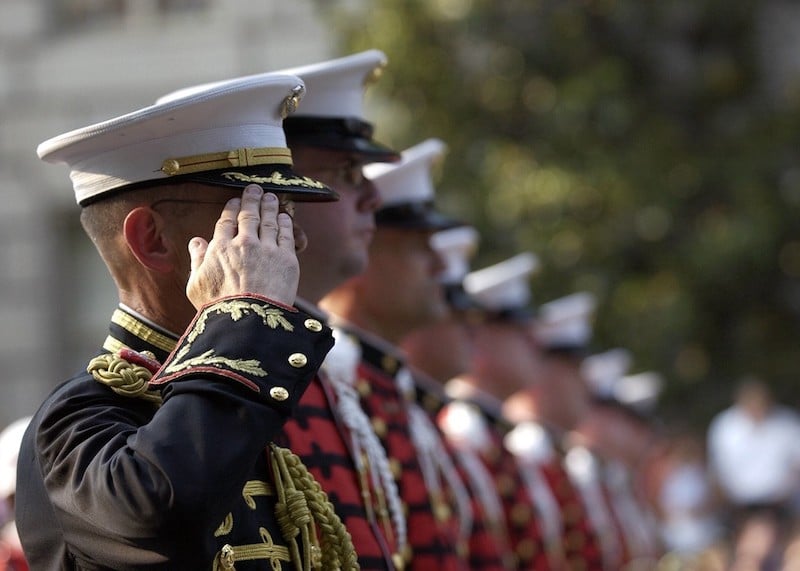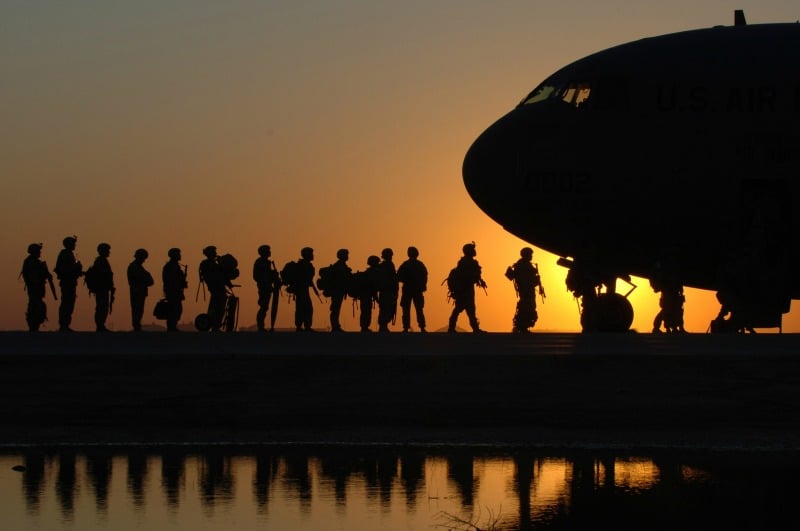Many of us are familiar with ROTC programs and scholarships for college students. But if you haven’t had a family member or close friend go through ROTC, you may be unaware of what it entails. Here are the basics on ROTC, some current students’ perspectives, and why it might make sense for your student.
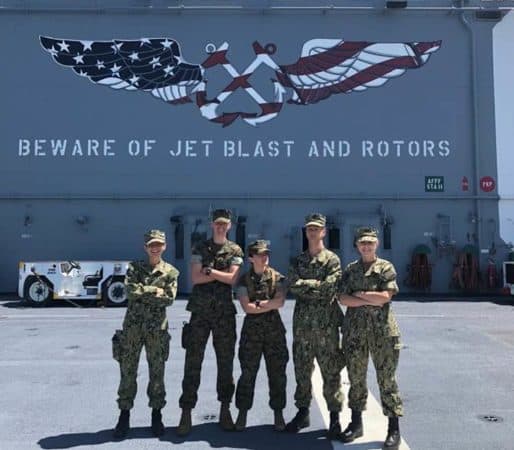
The basics of ROTC
The Reserve Officer Training Corps (ROTC) is a college program offered at more than 1,700 colleges and universities across the country that prepares young adults to become officers in the U.S. military. In exchange for a paid college education and a guaranteed post-college career, participants, known as “cadets” or “midshipmen” commit to serve in the military for a number of years after graduation. Each service branch (Army, Navy, and Air Force) has its own take on ROTC. Aspiring Marine Corps officers can also participate through Navy ROTC.
While specific opportunities for classes and training vary for each branch, all three college ROTC student experiences involve a mixture of normal academic study and military training, and all prepare a student for leadership and management positions as officers in their respective branches.
Military science courses and tactics are taught in classrooms and “in the field” — which could be anywhere from on the ground at an active military base or on a ship at sea during a summer training course.
Three different types of colleges offer ROTC experiences
Programs are offered at three different types of colleges.
- Senior military colleges. There are six senior military colleges, such as The Citadel or Texas A&M University that have what is called a cadet corps. When a college student participates in a cadet corps, they live a military lifestyle 24-7. This means they are immersed in a military command structure and wear a uniform every day. It is the most rigorous training, outside of what students at the service academies, like West Point, undergo.
- Two or four year school. Most college students in ROTC study at civilian two or four-year schools where training is less intense than at the senior military schools and they can have a more traditional college experience.
- Four schools in the U.S. known as military junior colleges (MJCs). There are also four schools in the U.S. known as military junior colleges (MJCs) where cadets can become commissioned officers in the Army reserve components in two years instead of four, through the Early Commissioning Program. These MJCs also offer demanding, one-year service academy preparatory programs.
It’s also worth noting that if a student is interested in a specific college and it doesn’t offer ROTC, many schools have partnerships with nearby schools that do have ROTC detachments, so they can drive to a partner school and still participate.
The 3 branches of ROTC have slightly different requirements, scholarships and other benefits
Army ROTC
Army ROTC allows graduating high school seniors, current college students, and enlisted military members who want to become officers, to join.
They offer scholarships based on a student’s grades and merit, not finances, and have two, three, and four-year scholarships, depending on the time a student still has to complete their degree. Qualifying students may receive full tuition, room and board, and additional money for textbooks and fees.
Even if a student doesn’t receive a tuition scholarship, they may be eligible for a living allowance payment in their third and fourth year of ROTC, and non-scholarship students can still go on to successful Army careers.
Any student who receives an ROTC scholarship or attends the Army ROTC Advanced Course in their junior or senior year of school must fulfill eight years of service post-college. There are different ways to meet that service obligation, so it’s important for any student considering Army ROTC to investigate those options.
Typically, Army ROTC college students will take one military science course and one lab course per semester, in addition to their normal academic courses. Longer, summer training camp experiences are required as well.
Naval ROTC
Naval ROTC is for students wanting to become officers in the Navy, the Navy Nurse Corps, and the Marine Corps. Being granted a scholarship is a highly competitive, national selection process and includes tuition, textbook stipend, educational fees, and other benefits. The Navy offers scholarships for all four years of college, as well as shorter-term ones for students who qualify later in their college studies.
Eighty-five percent of available Navy scholarships are offered to students who major in some type of engineering or another STEM field. College majors are broken down into three tiers according to Navy needs — Tier 1, Tier 2, and Tier 3.
Before applying for a Navy ROTC scholarship, a student should be sure their academic interests align with what the Navy is looking for. (Students studying certain foreign languages are always attractive to any ROTC program.)
Regardless of a student’s major, they are required to take several naval science courses and complete the equivalent of two semesters of calculus before finishing their sophomore year, and two semesters of calculus-based physics before finishing junior year.
Navy ROTC scholarship recipients are required to enter military service after graduation. Navy option midshipmen must serve a minimum of five years of active duty. Marine Corps option midshipmen and Navy Nurse Corps option midshipmen must serve at least four years on active duty.
Air Force ROTC
Air Force ROTC also offers scholarships for graduating high school seniors and current college students. The three different types pay full or partial tuition, depending on the type of school the student attends. All recipients receive a monthly living expense and an annual textbook stipend.
Among other requirements, to qualify for an Air Force ROTC scholarship, a high school graduate must have a cumulative unweighted GPA of 3.0 or higher and achieve an SAT composite score of 1240 or ACT composite of 26.
In addition to regular academic classes, the Air Force ROTC curriculum includes required aerospace studies courses and leadership labs. Cadets are expected to maintain a 2.5 GPA if on a scholarship or a 2.0 GPA if not on a scholarship. Like the other branches’ ROTC programs, they also participate in physical training sessions several times a week and are required to wear a uniform two to three times weekly.
A student who accepts an Air Force ROTC scholarship is expected to accept a commission as an Air Force officer and serve at least four years on active duty.
What kind of student succeeds in ROTC?
Every branch of ROTC is looking for students with good grades, decent standardized test scores, and leadership skills. Kids who successfully held any type of leadership position in high school have the potential to perform well in both ROTC and as a future military officer. Having a good moral character, life skill competencies, and a commitment to self-assessment, learning, and service, are also traits that are highly valued.
On the practical side, there are certain ROTC requirements mandated by the military. Students must pass their branch’s physical fitness exam, be completely drug-free, and be able to complete and pass specified academic and training courses and any qualifying exams.
Students discuss ROTC benefits and challenges
College life as an ROTC cadet or midshipman can be demanding and requires good time management skills.
Jack Jepson, a sophomore in Navy ROTC and an Honors College student in Finance at the University of Arizona, has his sights set on becoming a Marine Corps officer. He shares this about his experience so far:
I have more responsibilities compared to a regular college student, but I still am able to enjoy all a University has to offer. The camaraderie within my ROTC unit is great as well. I have met many new friends and have been able to learn from active-duty military officers. With the price of a college education so high today, the option of having the military pay for a great deal, or all, of a student’s tuition is certainly enticing.
jack jepson, university of arizona
Jenna Ball, a junior Psychology major at Georgia Southern University, is currently in her third year of Army ROTC. She says,
The main reason I decided to do ROTC was definitely for financial assistance. Out of state college was already expensive enough and I knew with doing ROTC it would help me with my tuition and give me some spending money here and there. I also knew that I would be successful after graduating college and wouldn’t have to search for a job and stress about student loans.
I would say the best parts of ROTC are the people I have met and how it’s helped me big time in stepping out of my comfort zone and becoming more independent. The worst part are the Field Training Exercise weekends we usually do once or twice a semester where we have to stay in the field for three or four days – those suck!
jenna ball, Georgia Southern University
Jenna plans on joining the National Guard after graduation and getting a master’s degree so that she can help soldiers suffering from mental health issues.
In addition to the financial benefits for ROTC students on scholarship, the high-quality leadership training and future career preparation are invaluable. Learning from professional military officers and driven peers is a unique part of ROTC programs.
Theresa Whitfield is a junior English major in Navy ROTC at the Catholic University of America. She explains that her
College unit is a consortium and I have had the unique opportunity to meet college students across the DC campuses, including George Washington University, Georgetown University, and Howard University, and this has significantly enhanced my college experience.
theresa whitfield, catholic university of america
Theresa, who plans to become a naval Surface Warfare Officer, says the greatest benefit of her ROTC time is
The friendships I have built. Never in my life have I been surrounded by as many intelligent, motivated, and empowered peers as I have within my unit. Everyone takes it as their personal responsibility to see those around them succeed, and I have grown tremendously because of it.
The most challenging part of being in ROTC is being constantly evaluated. I am very aware of my strengths and weaknesses, which ultimately serves me well, however being directly accountable to others for my own personal growth can be stressful.
THERESA WHITFIELD, CATHOLIC UNIVERSITY OF AMERICA
A parent’s perspective
Many students who choose to participate in ROTC come from military families, where someone they know well, like a parent, grandparent, or sibling has spent time on active duty. Brenda Barnett was a military spouse to an active-duty Army officer for almost 28 years, and her son, Patrick, completed his four years of Army ROTC in 2020.
From the parent perspective, Brenda shares the following,
Patrick was able to graduate in four years without any debt. A huge perk of receiving an ROTC scholarship and becoming commissioned as an officer in whichever service, is the immediate paycheck upon entering active duty. I’ve seen so many of my friends whose kids have graduated from college and struggle to find a job- let alone a professional job in their career field.
I think being involved in an ROTC program is much like a student who is working and going to school and having to juggle all of those different facets of college life. It forces them to become very organized and use their time wisely. As a parent, I am extremely proud of my son who has chosen to serve his country.
I would suggest that parents of potential cadets or midshipmen fully research possible schools’ ROTC program reputations and the future time commitment required of an ROTC scholarship recipient. It’s been a great experience for both my husband and my son, and I would highly recommend it to anyone who is interested in serving.
Brenda Barnett
For much more information, check out these websites for Army, Navy, and Air Force ROTC eligibility, requirements, and scholarship opportunities.
More Great Reading:
When Your Teen Joins The Military, “Thank You For Your Service” Takes on a Whole New Meaning

